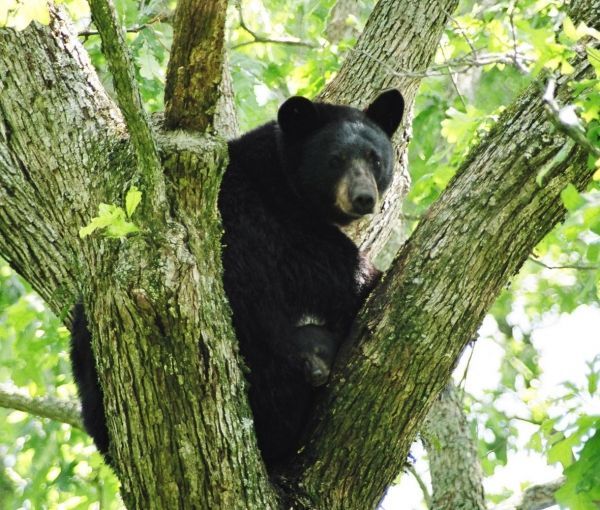What do gray wolves, manatees and bears have in common? They are just a few of the species that are part of an important USGS research priority that informs U.S. Fish and Wildlife Service (USFWS) decisions for endangered and threatened species under the Endangered Species Act (ESA).
The ESA provides federal protections for at-risk species and addresses the threats they face. Cooperative conservation efforts supported by USGS science can help stabilize a species to a point where federal listing can be avoided, inform the decision to downlist a species from endangered to threatened, or can lead to the delisting of a recovered species.
Downlisting is the reclassification of a species from endangered to threatened. Delisting is the removal of species from the Federal Lists of Endangered and Threatened Wildlife and Plants, also known as the endangered species list. Species showing signs of improvement and successful recovery efforts can result in downlisting or delisting actions.
USGS scientists collaborate with federal, state, tribal, and non-governmental partners to provide the science needed for conservation management decisions on many species and their habitat before listing is necessary. Get to know a bit about a few of the species where USGS science has aided in collaborative species conservation across the Nation.
Continue reading at USGS.
Image via USGS.


